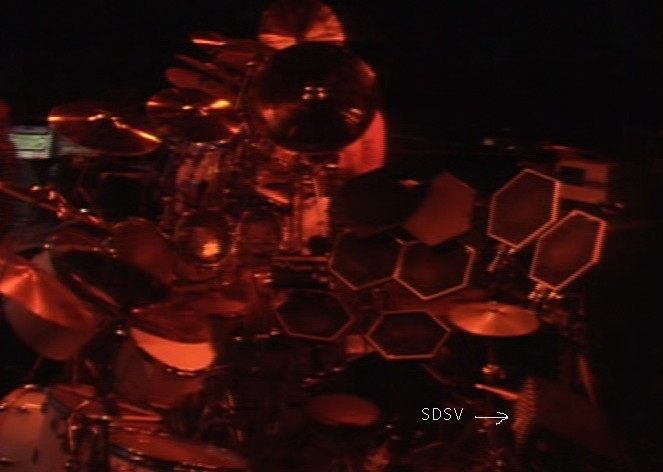You may think about Ebay whatever you want. But I assume that everyone of you has seen “this very special item” there which you have been searching for half of your life time. Well, in my case I found a set of Musicaid (!) SDSV pads, all obviously assembled by hand, the predecessors of the serial Simmons SDSV pads. In addition to this, a prototype made of solid wood and likely one of the legendary models which had been assembled for the catalogue pictures. Unfortunately the auction was pick-up-only in London, no shipping, but I was prepared to take this long trip but to combine it with a fast visit in St. Albans which was only 30 km north of my pick-up destination. But I had to win the auction first (no doubt about that….). During the endless 10 days till the auction end I sold my Roland PD-80 pads (who needs Roland…) in order to arm myself with some budget. 10 days later I really won that auction! Not really a bargain, but for a rarity like this it’s worth the money.
At once I started to organize the journey: How far is London? 700km? One way 9-10 hours, ferry included. No problem, deep inside I feel like a trucker 🙂
I made an appointment with the seller MJQ, a company trading with used studio gear in the north of London. The children needed a baby-sitter. My brother-in-law was kind enough to take them overnight. Thereafter I booked the ferry Dunkerque/Dover and back. And of course I needed 1 1/2 days off from work for my 24 hour trip. OK…waiting another 10 days…
*another 10 endless days later*
Today’s the day. My first target is Dunkerque/France. Take off is 6am in the morning. The ferry is about to leave at 12:00.
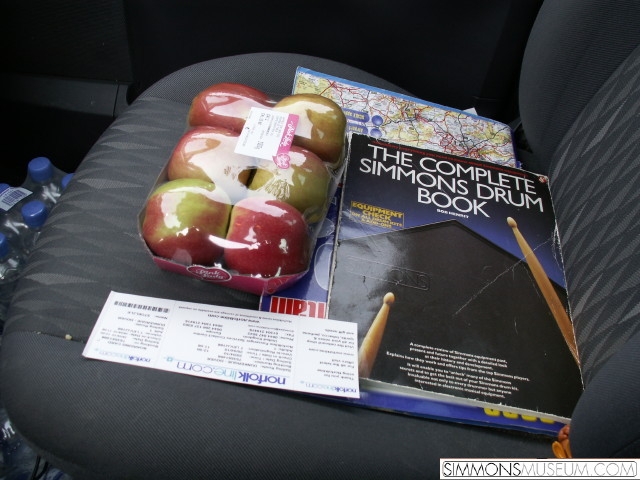
6 am. Ready to go. To be honest, this is a fake: I have positioned the apples because the snickers bars had already been eaten at that time…

12 am: waiting for the ferry Dunkerque-Dover

Best weather
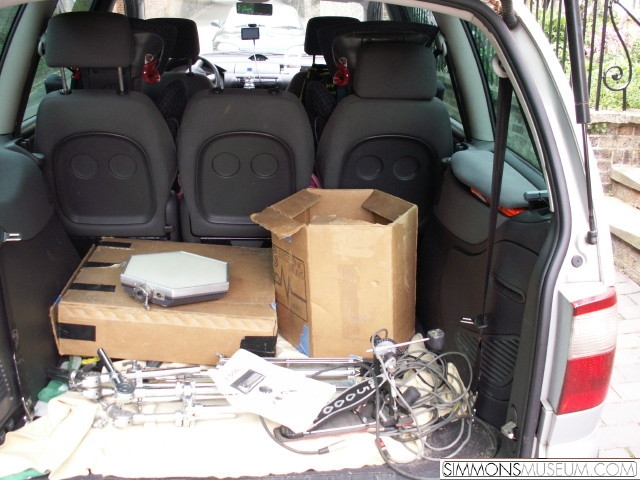
3:30 pm: London. Travelling from Dover to the target street in London/Neasden took 1 1/2 hour, it took another 1 1 1/2 hour finding the exact place of the company in the same street. Thanks to the traffic jam! But finally after the seller directed me by the mobile phone, I arrived. Tired and desperately needing a rest room… In the main this day’s take found it’s way into my trunk.
I have to hurry up. The ferry won’t wait and I don’t know if I will get stuck in the traffic again on the way to St. Albans.
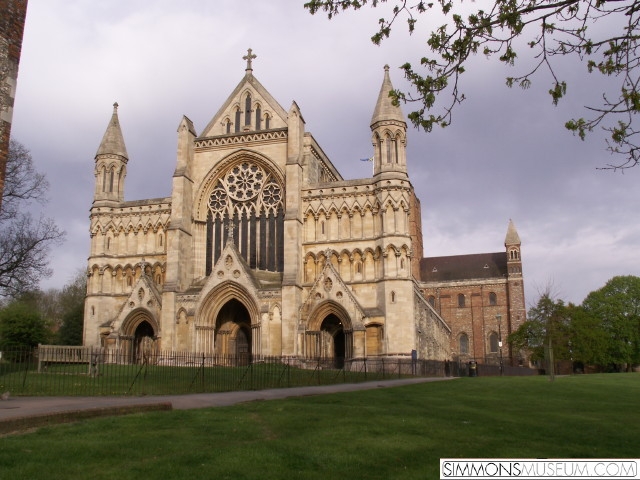
5 pm: St. Albans cathedral

Abbey Mill – production facility for the SDS5 and SDS6 from 1982-1984 (thumbnail is taken from “Complete Simmons Drum Book“)

“Ye Olde Fighting Cocks” – The pub where the staff had the after work beer (thumbnail is taken from “Complete Simmons Drum Book“)

Abbey Mill Lane street sign

6 pm: Hatfield Road 176 – Home of most Musicaid gear such as SDS3/4, early SDSV and the analog Clap Traps (thumbnail is taken from “Complete Simmons Drum Book“)

6:30 pm: Alban Park: SDS7/8/9/1000 and following had been produced in a building just like this one. I formerly stated, that this building is the former Simmons production facility, but it is not. Attended readers and former employees told me, the original Simmons building does not exist anymore but was. It had been replaced by a Volkswagen dealerships
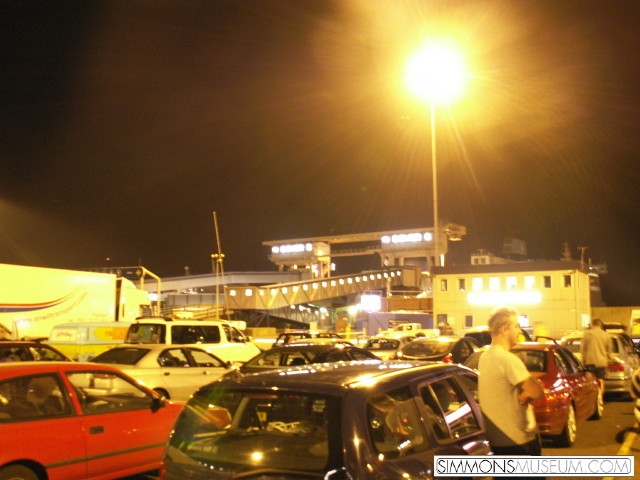
9 pm: waiting for the ferry in Dover

5:30 am: back home again with an SDSV prototype pad
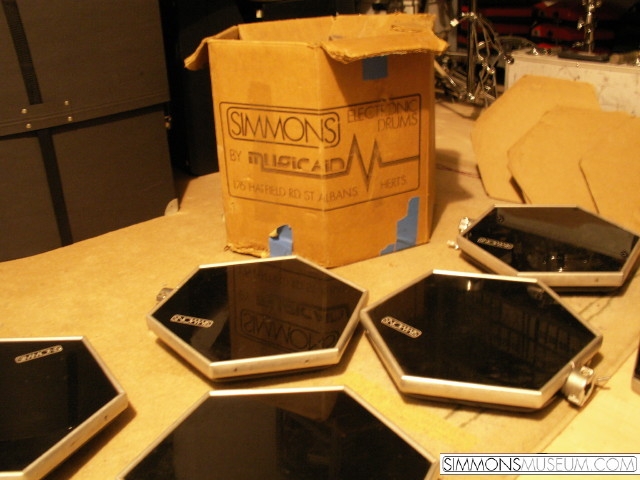
…and a hex-shaped box with Musicaid logo. Good night…
PS: I already had the opportunity to open up one of these Musicaid pads, and they are totally different from any other SDSV pad. But this will definetely fill another post. Stay tuned!
